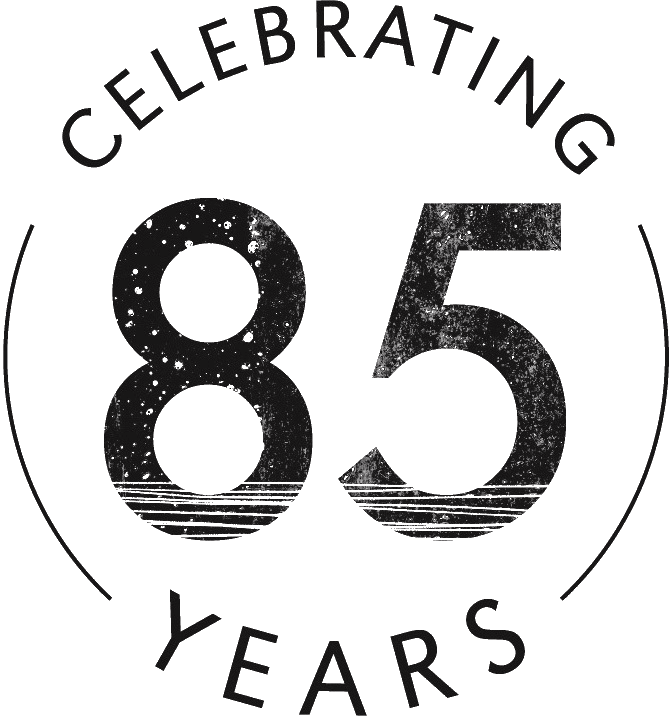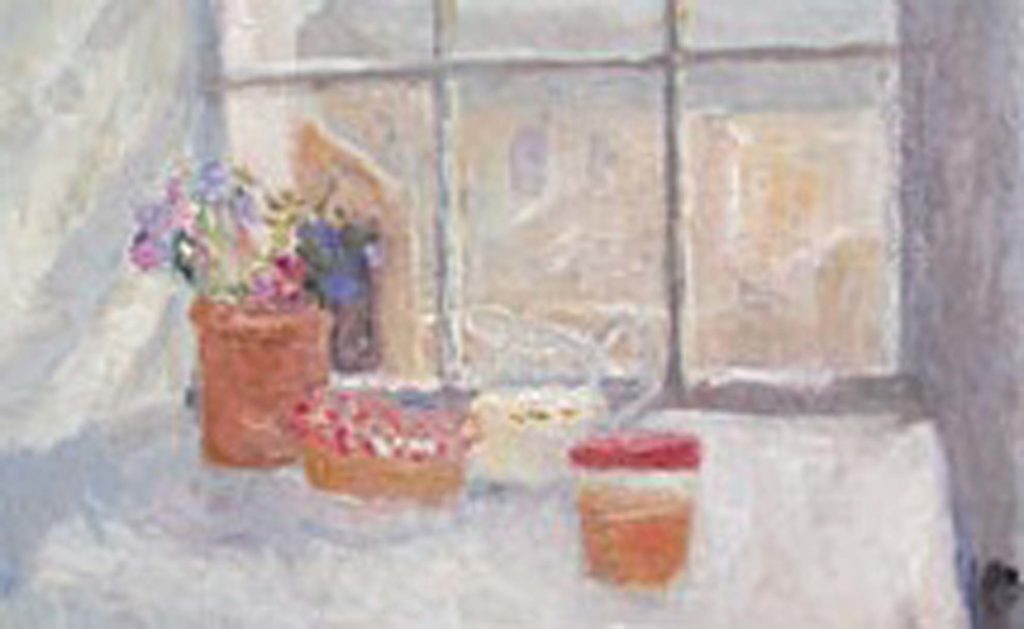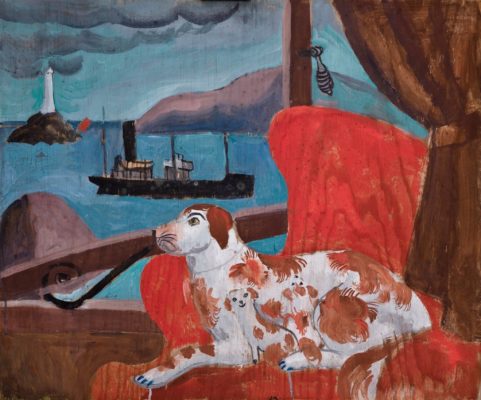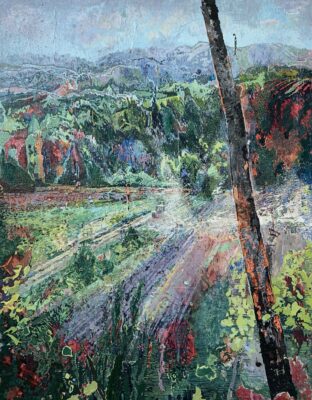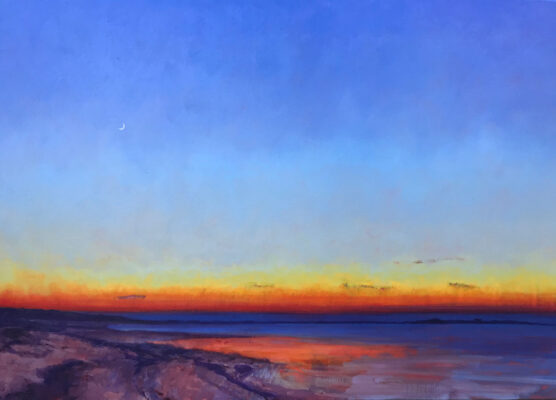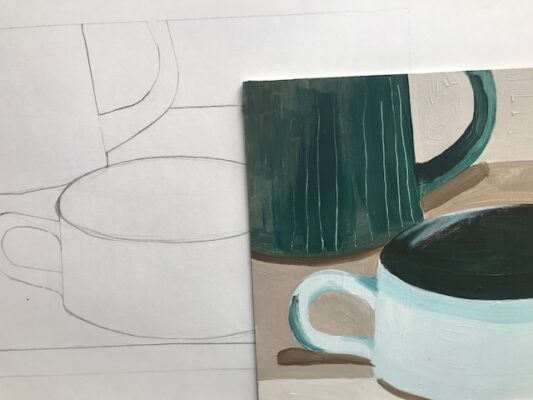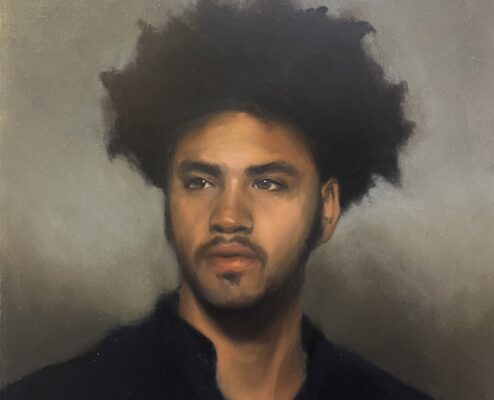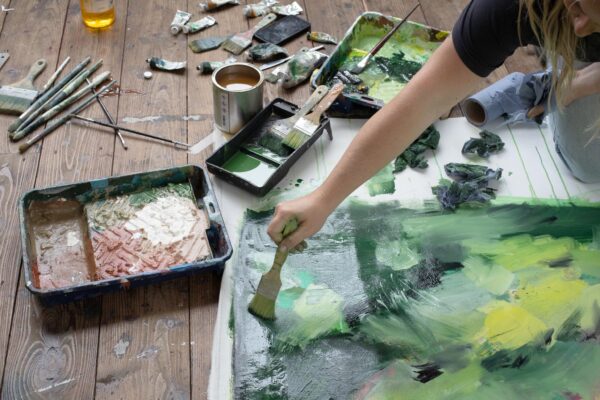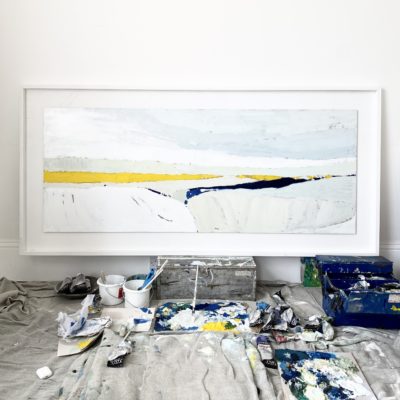Course details
This is a masterclass in what it takes to create a compelling painting every time. Working from sumptuous still life compositions, artist Alice Mumford shares her fundamental principle of painting: the exquisite balance between warm and cool. Explore the vitality of colour and how you can use it to structure a painting, creating tension, drama and attraction.
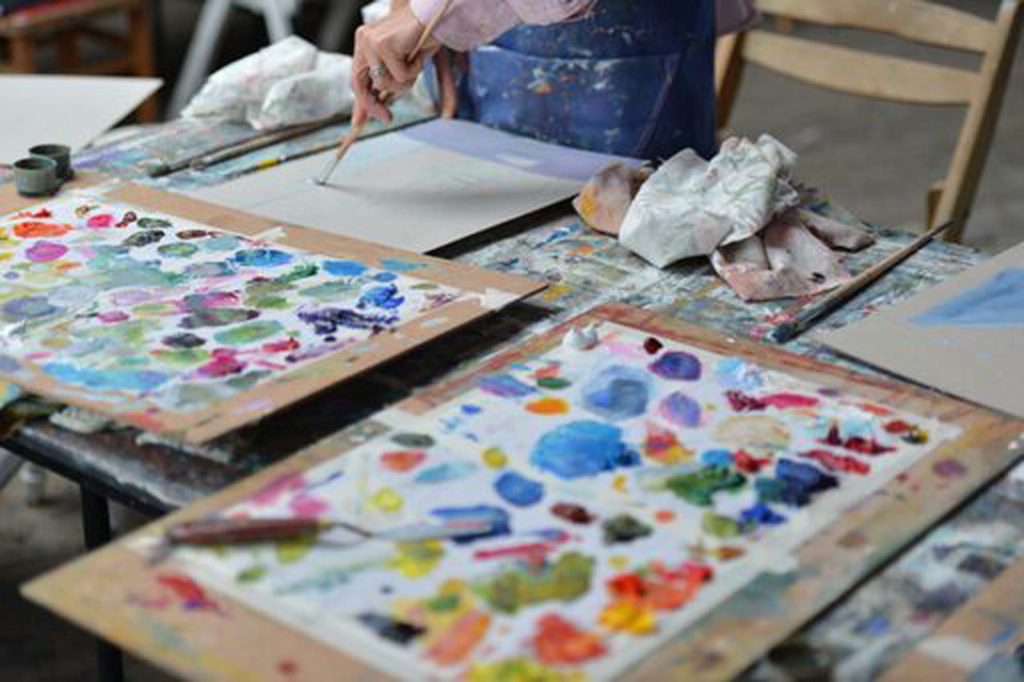
Alice deconstructs iconic compositions by Bonnard and Rembrandt to demonstrate the essential relationship between warm and cool tones. It is this relationship that gives a painting harmony, and an imbalance here could be the reason a painting isn’t quite working. You’ll learn to resolve compositions based on tone, giving you a strong foundation for future painting.
The course teaches you to maximise the vitality of your colours, you’ll learn to mix brilliant tones in buttery oil paint. Alice shows you her pure way of working in oils without medium. This is invaluable knowledge that keeps the paint alive as you work, without dulling its lustre by diluting it. James Elkins describes: “To a non-painter, oil paint is uninteresting and faintly unpleasant. To a painter, it is the life’s blood: a substance so utterly entrancing, infuriating, and ravishingly beautiful that it makes it worthwhile to go back into the studio every morning, year after year, for an entire lifetime.” Alice is an advocate for the richness and joy of working with oil paint and her enthusiasm is infectious.
This course teaches you the language of painting, as it has been spoken by masters for centuries. You’ll never be able to look at a painting the same way again.
Day to day plan
Day 1
We’ll begin by breaking down exactly what we mean when we talk about warm and cool in painting. We’ll look at examples of famous oil painters and how they used tone to structure their painting, looking at composition and contrast. We’ll then explore the essentials of the palette and colour mixing. In the afternoon we’ll make a small painting on board to experiment with these new principles.
Day 2
We’ll focus on composition, drawing on canvas in raw sienna. Alice will give you pointers on how to bring fields of warm and cool into your painting and how to create balance and drama through contrast.
Day 3
Work to resolve your painting from the day before, continuing to create harmony in colour and composition.
What you will learn
- Tips and techniques for creating a successful composition.
- A technical understanding of warm and cool tones and the relationship between them.
- How to reflect on and resolve paintings based on composition and tone.
- A technical understanding of how to use oil paints without medium.
- A historical understanding of how colour has been used by masters in oil paint.
Who would this course suit?
Ideal for painters with an initial knowledge of oil paints that would like to gain a more comprehensive and elemental understanding of the medium. If you’re looking to strengthen your compositions and create paintings with more harmony and drama, this is a wonderful opportunity.
Taught by
What to Bring
Our studios are fully equipped and we provide you with all the materials you need for your course. However, if you have a favourite set of brushes or any specialist materials that you would prefer to use, please bring them with you.
Timings and Breaks
The first day starts at 10am and finishes at 4.30pm, please aim to arrive ten to fifteen minutes before the start time.
All course days after that start at 9.30am and finish at 4pm and there will be an hour for lunch. There are plenty of nearby places to eat and we will serve tea and coffee at break times during the day.
FAQs
Studio Courses
How can I get help in choosing a course?
Our friendly expert staff are always happy to discuss your needs and our courses in more detail to help you with your decision. Please call us on 01736 797180
How do I get my work home?
Tutors have special techniques for transporting oil paintings and the school has plastic folders available in our shop for £3.50 or do bring a portfolio.
For international students we are happy to arrange transportation of your work back home.
What do I need to bring?
Absolutely nothing! All materials and aprons are provided although some people do like to bring their own set of brushes.
What do I do for lunch?
Courses allow an hour’s break for lunch and there are numerous places nearby or you are welcome to bring a packed lunch into the studio.
What times do courses run?
Most of our courses start at 10am and end at 4.30pm on the first day. Subsequent days we start at 9.30am ending at 4pm.
Weekend Courses run 10am – 4pm on the first day but the final day starts at 9.30 and ends at 3.30 with a short lunch break to enable people to get home that evening.
Do you have to be experienced to come to the School?
The School is a very friendly and welcoming place for all ages and experience. Our drop-in life classes and August half-day workshops are ideal for those wanting to have a go for the first time. Most of our longer courses are also fine for novices.
If any of the courses do need a bit of experience we flag this up in the brochure and on the website.
Booking a Course
How can I reserve a place?
We will hold a provisional reservation for 24 hours if you give us a call whilst you find accommodation. Otherwise please book online or by telephone 01736 797180.
You can reserve a place with a £100 deposit; balance is due 12 weeks before course start date.
About St Ives
Where do I park?
The nearest long stay public car parks are the Island and Barnoon Long Stay Car Park, both a 5 minute walk away. In the peak summer months it may be easier to park at Trenwith Car Park by the leisure centre and walk down into town. If you don’t fancy the walk up the hill at the end of the day there is a shuttle bus which runs from outside the cinema.
How do I get there?
Public Transport: If you are coming from further afield the main train line runs into St Erth which is a 15 min taxi ride away or you can take the St Ives Bay Line which runs approx. every 30 minutes. The School is a 10 minute walk from St Ives station.
Driving: M5 will take you to Exeter where we recommend that you take the A30 across Bodmin Moor and into Cornwall. After passing Hayle, leave the A30 at St Erth roundabout for St Ives. Turn right at the second roundabout. This road will take you through Lelant and Carbis Bay into St Ives.
Where can I stay?
St Ives has a huge selection of hotels, guest houses and self catering accommodation to choose from. Please browse the art holidays St Ives section on our website and give us a call if you would like any help.
